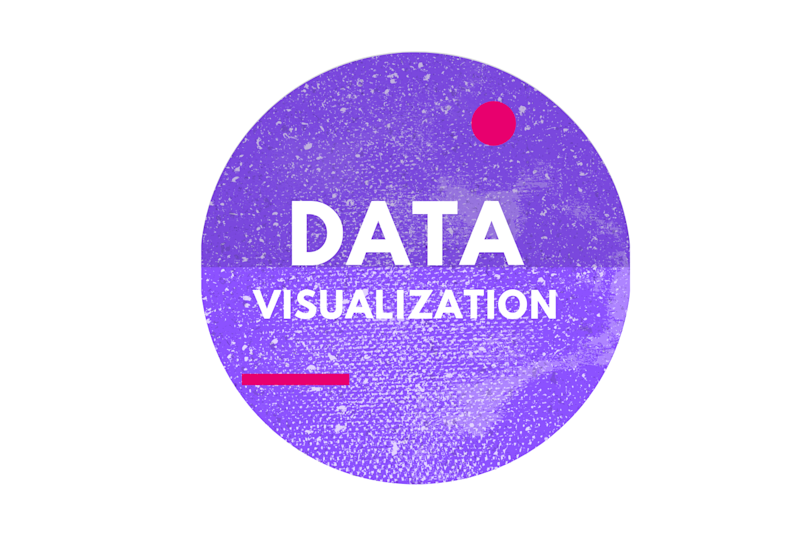Introduction
We live in an exciting time of accelerated innovation, increased global competition, and unprecedented opportunity to disrupt and reinvent. The exponential growth of digital technology, ubiquitous internet connectivity, and proliferation of smart devices — all of which create a deluge of data that holds a competitive advantage for anyone that can quickly and accurately understand it — is enabling a fourth industrial revolution.
But there is one constant thread woven among all these trends: massive amounts of data. If data is a raw material, then analytics is the process of refining it into useful information, and ultimately giving your business a competitive advantage. Data is more vital today than ever before. As businesses evolve to keep pace with shifting industries, they must rely on increasing amounts of accurate and timely data to make fast, smart decisions. But analytics technology has traditionally been slow and cumbersome in adapting to the growth and changing forms of data. It seems like there’s a new type of database every week, data generated from a new suite of devices, and it’s all built using entirely new technology. Analytics simply hasn’t kept up.

On-premises data
Historically, most organizations kept data on-premises. They worked hard to control all the data that was both created and then stored in a seemingly well-defined data warehouse. If there was data you didn’t capture, it was insignificant and probably not worth the effort. That mentality can end a business in today’s era, where websites, mobile devices, and cloud applications all generate data outside of an organization, consider Google Analytics, Splunk, ServiceNow, and Salesforce, to name just a few. This trend is only going to accelerate, with more and more useful data being generated in the cloud, by third-party providers. To complement this cloud bias, some organizations are moving their own on premises infrastructure to the cloud as well.
Modern approach
With a modern approach to analytics, IT and the business work together. IT provides a centralized environment where business users can find trusted data and content and enables everyone to securely use it, ask questions, experiment, and make decisions at the speed of thought. This is a bottom-up methodology comprised of subject matter experts creating metadata, business rules, and reporting models that provide fluid agility and expedite continuous improvement.
When we first started with Tableau, we were just thinking about dashboarding and reporting. We never thought Tableau would fundamentally change the DNA of the organization. It’s not just about a solution or a technology, it’s about how the culture towards data has changed.
- ASHISH BRAGANZA, DIRECTOR OF GLOBAL BUSINESS INTELLIGENCE, LENOVO
Conclusion
Today’s modern analytics tools take the best of these storytelling concepts and actually integrate them as first-class features. They let you build interactive dashboards, send specific snapshots of data that automatically update in the background when new data is added, or even create reports that combine interactive charts with text and images. Storytelling empowers users to explain the analysis of the data, instead of just providing a number. Tableau fundamentally values the importance of choice and open standards. We invest heavily in research and development to make analytics faster and easier, and that also means innovating with our ecosystem of partners. This ensures that as the analytics world evolves and new technologies come into play, analytics leaders will always be able to integrate Tableau with their choice of current and future data technologies





